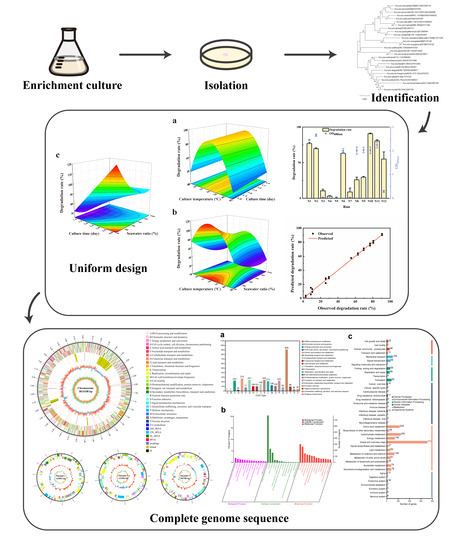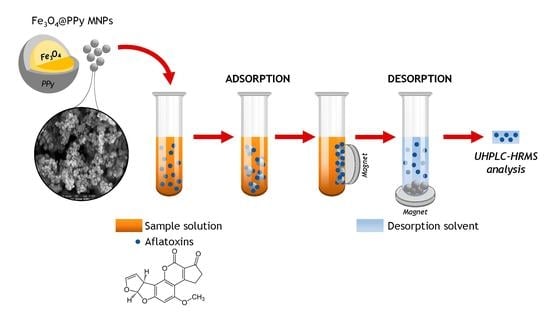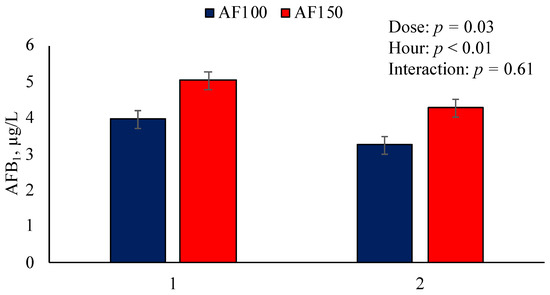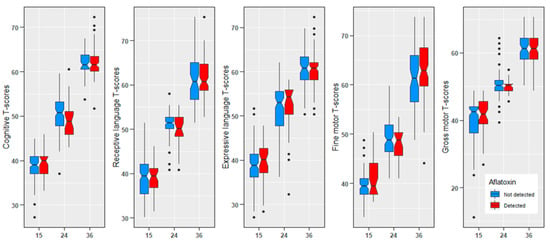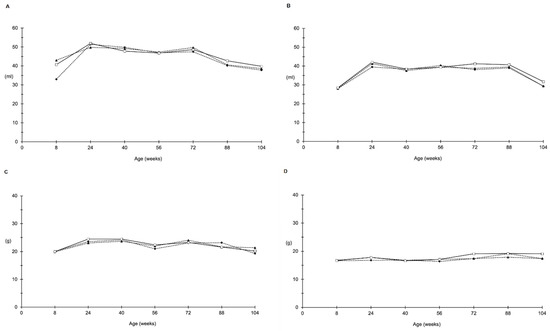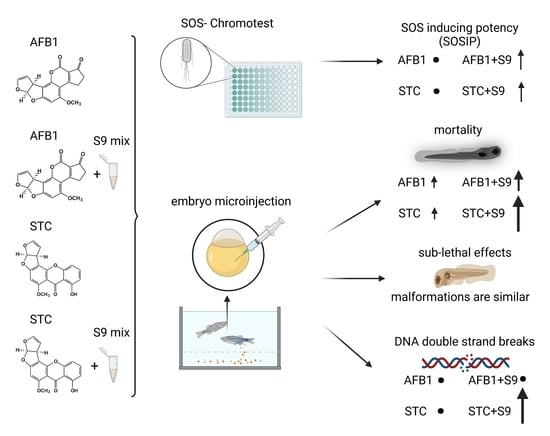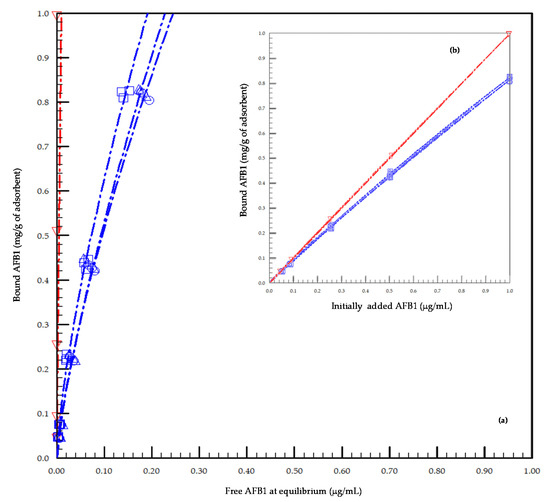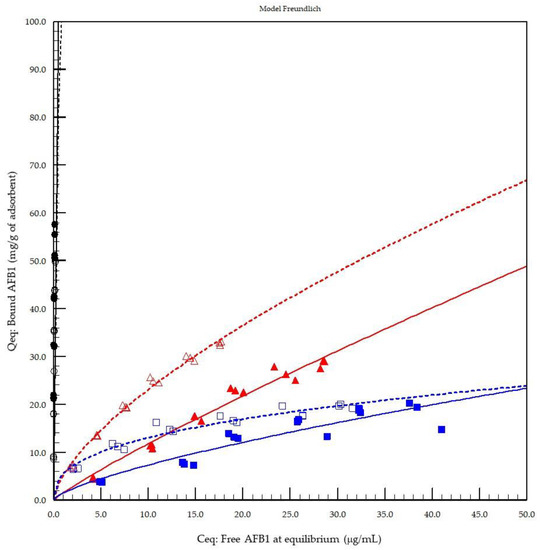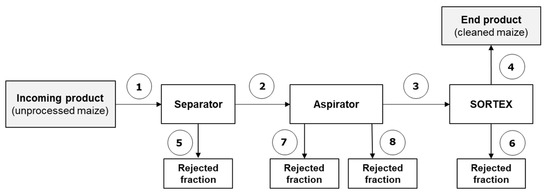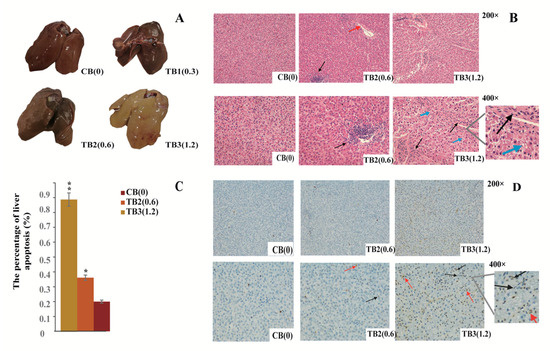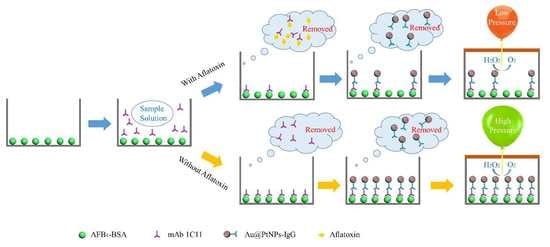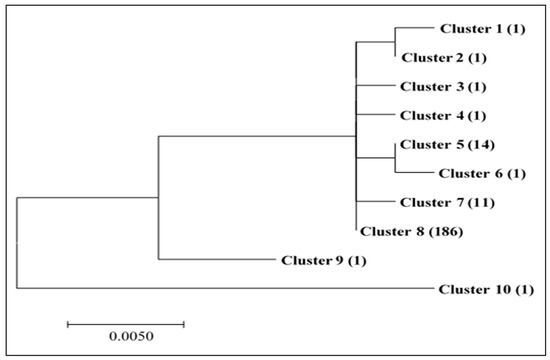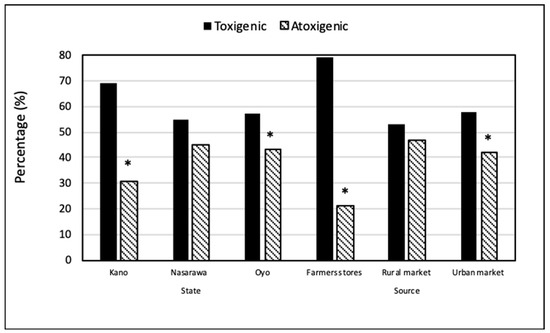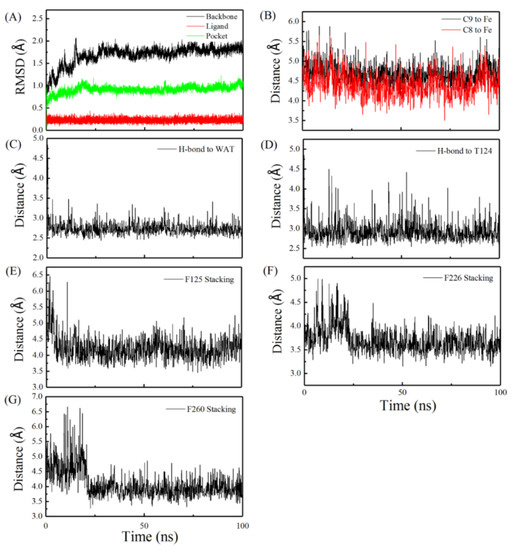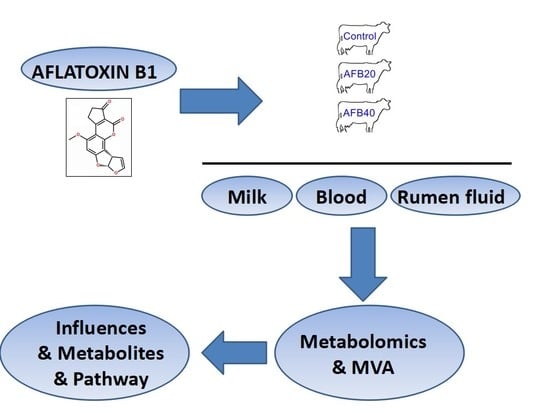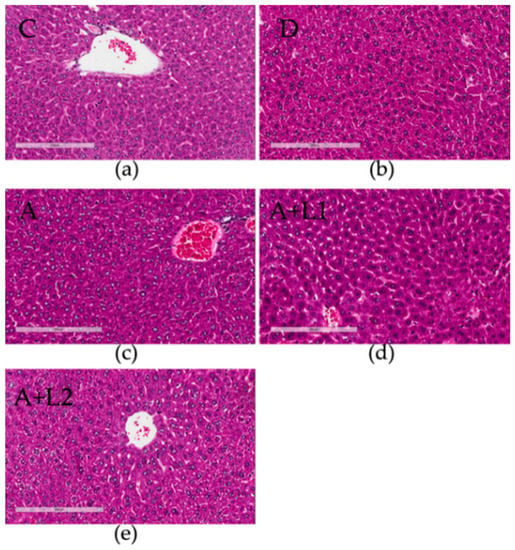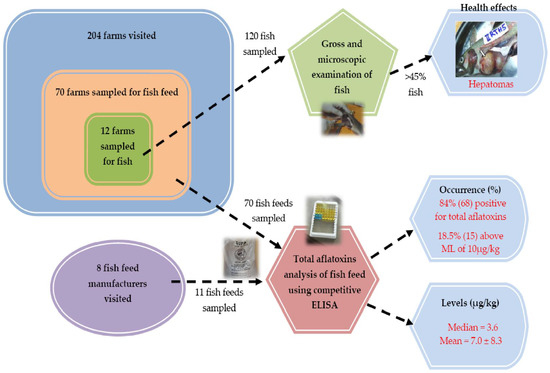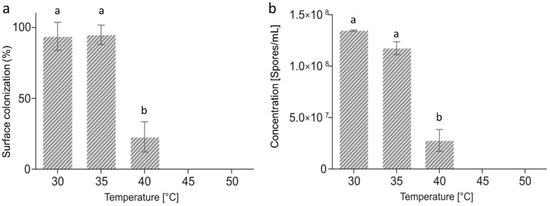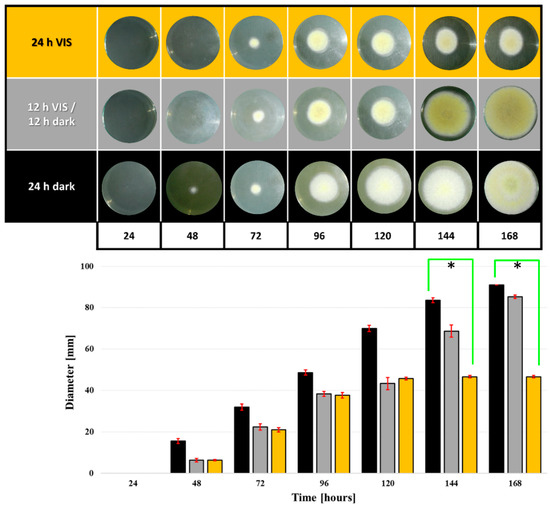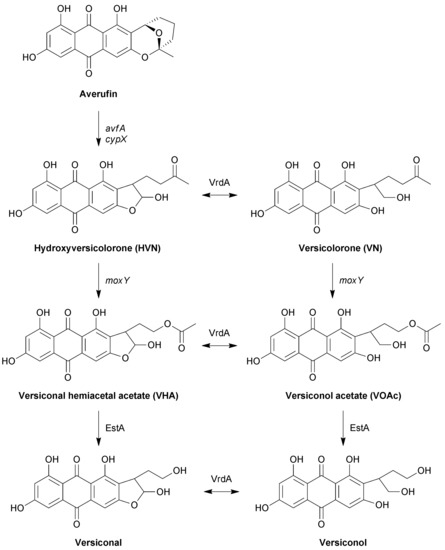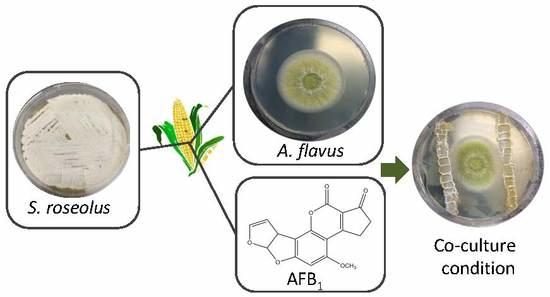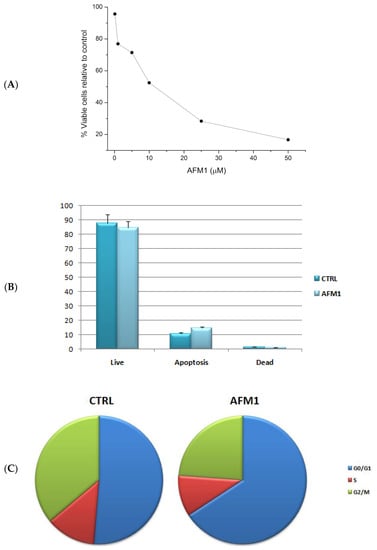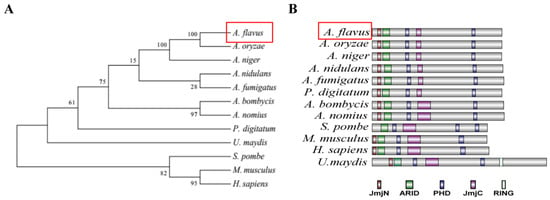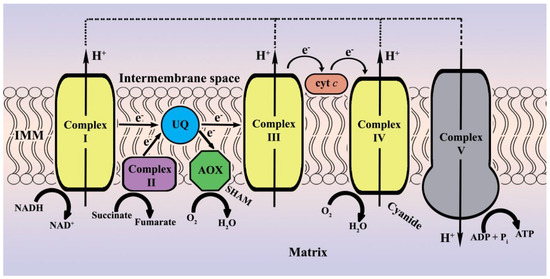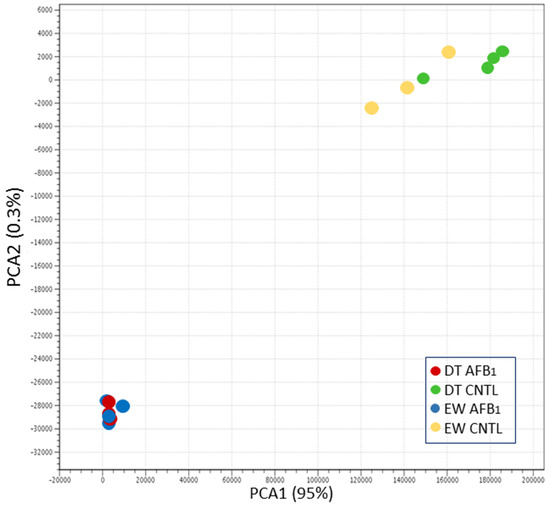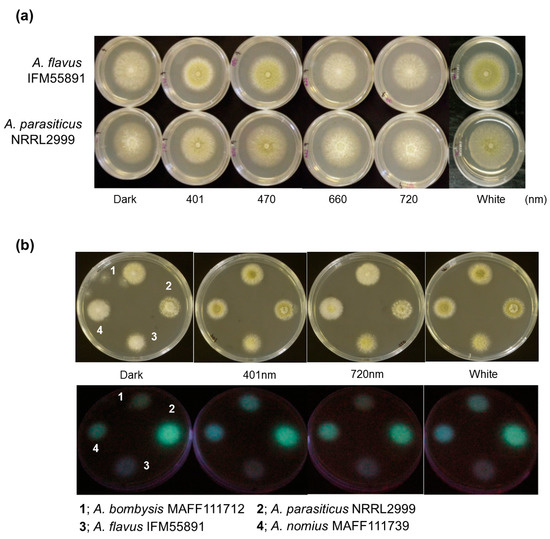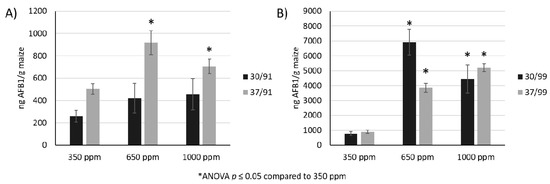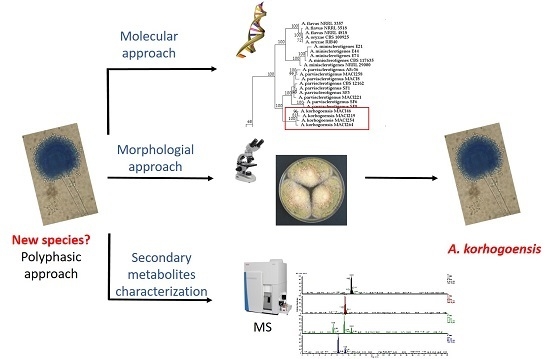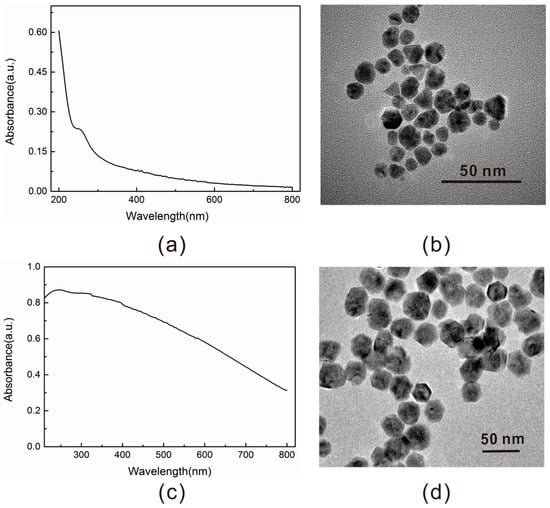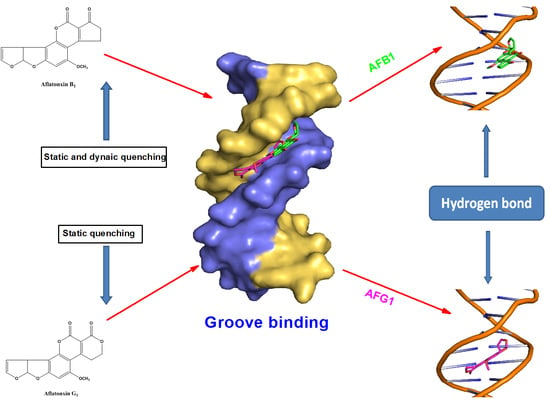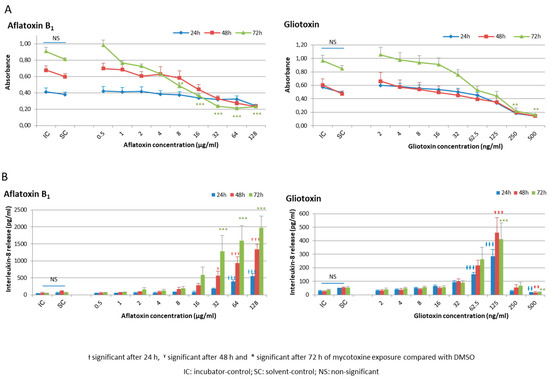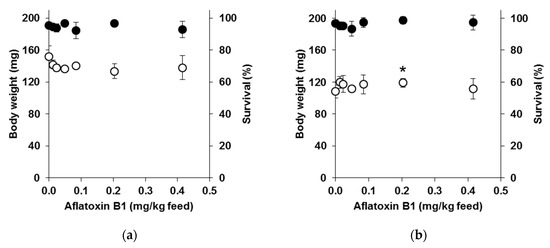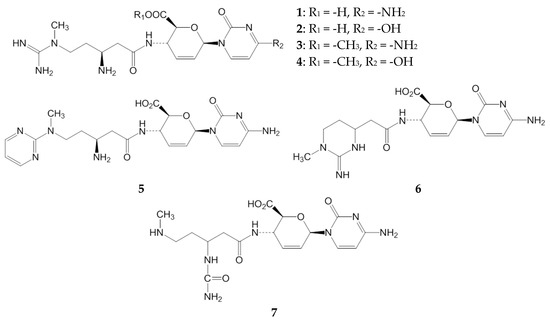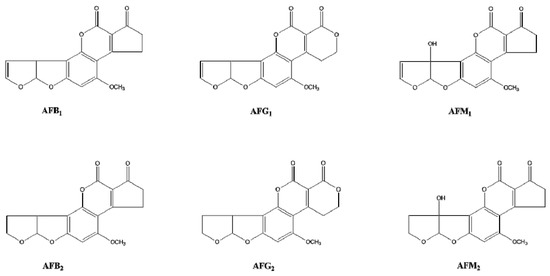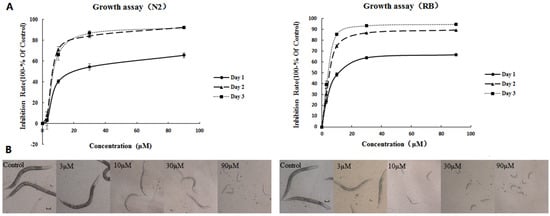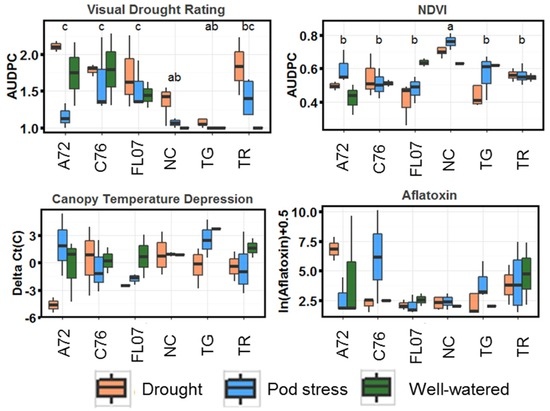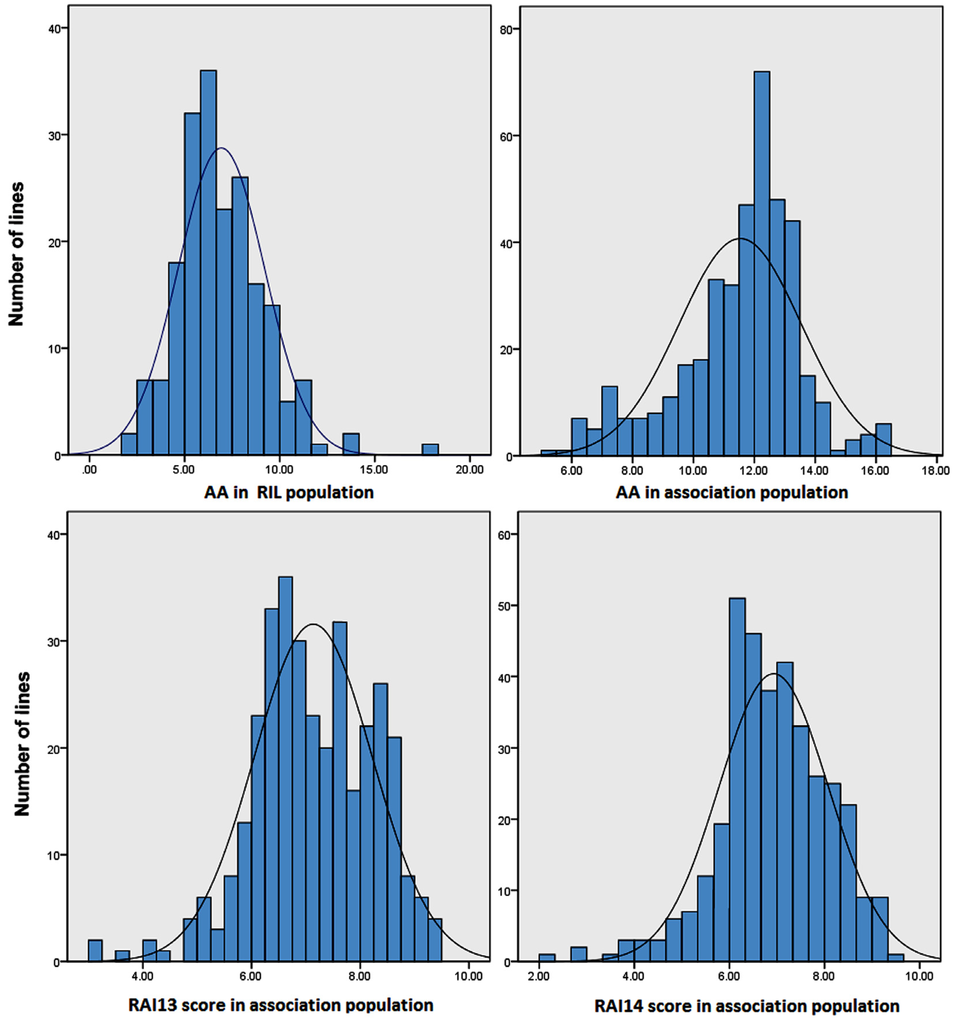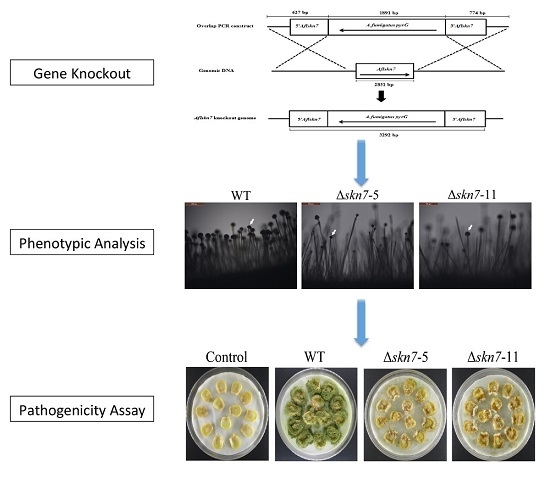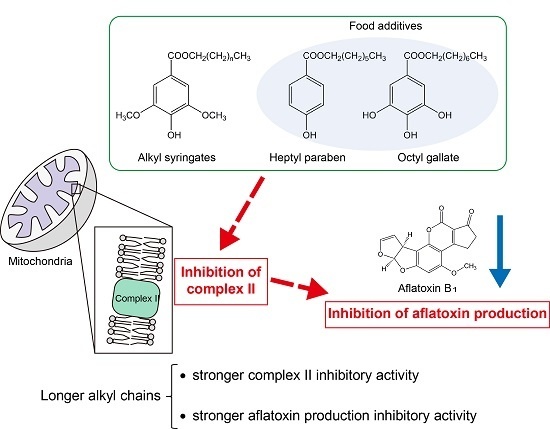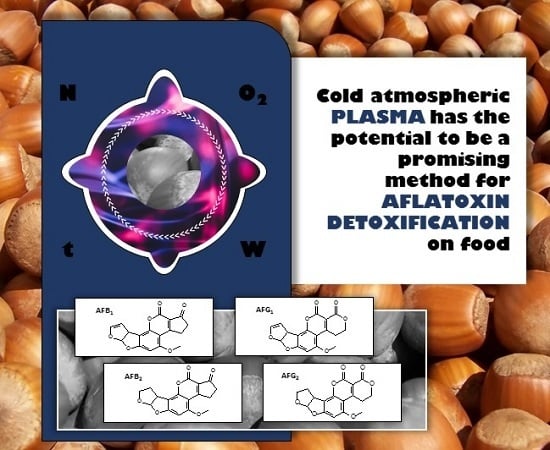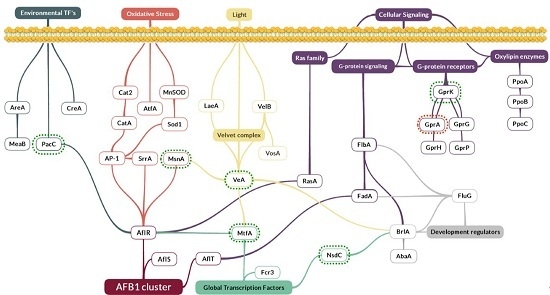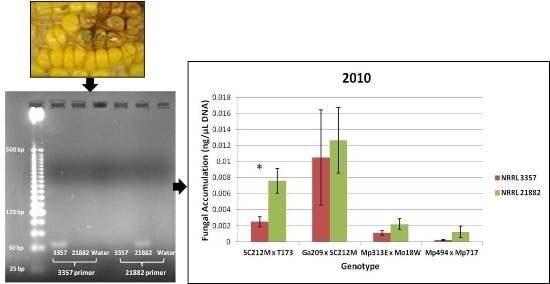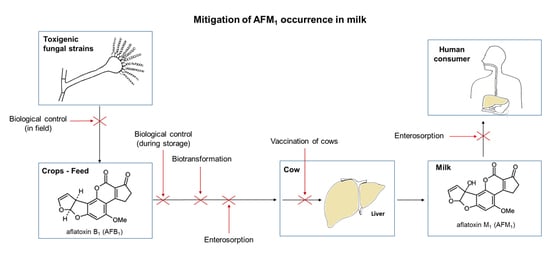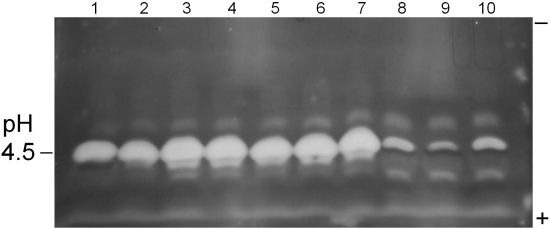Aflatoxins
A topical collection in Toxins (ISSN 2072-6651). This collection belongs to the section "Mycotoxins".
Viewed by 351160Editor
Interests: bioorganic chemistry of bioactive natural compounds
Special Issues, Collections and Topics in MDPI journals
Topical Collection Information
Dear Colleagues,
Aflatoxin contamination in important crops occurs worldwide. The health of around five hundred million people is being affected by aflatoxin contamination and many liver cancer cases are caused by aflatoxin intake. Economic loss due to aflatoxins is also very severe. These facts show that it is absolutely necessary to prevent and reduce aflatoxin contamination in food and feed. However, few practical methods are available for aflatoxin control at present. In this Special Issue, manuscripts that provide data useful for the prevention, reduction, and detoxification of aflatoxin contamination are invited. Surveys and analyses of aflatoxin contamination and aflatoxigenic fungi are important as basic information for aflatoxin control. Understanding the production mechanisms and biosyntheses of aflatoxins by aflatoxigenic fungi is important for determining the optimal targets of methods for controlling aflatoxin contamination. Microorganisms, which are effective for aflatoxin control, are useful as biocontrol agents. Chemicals and enzymes are useful for the prevention and detoxification of aflatoxin contamination. Natural products that are effective for aflatoxin control are important because they are kind to nature. All papers dealing with these objectives are welcome.
Prof. Dr. Shohei Sakuda
Collection Editor
Manuscript Submission Information
Manuscripts for the topical collection can be submitted online at www.mdpi.com by registering and logging in to this website. Once you are registered, click here to go to the submission form. All papers will be peer-reviewed. Accepted papers will be published continuously in the journal (as soon as accepted) and will be listed together on this website. The topical collection considers regular research articles, short communications and review articles. A guide for authors and other relevant information for submission of manuscripts is available on the Instructions for Authors page.
Please visit the Instructions for Authors page before submitting a manuscript. The article processing charge (APC) for publication in this open access journal is 2700 CHF (Swiss Francs).
Related Special Issues
Keywords
- contamination
- analysis
- production mechanism
- biosynthesis
- control
- prevention
- detoxification
- microorganisms
- natural products
- inhibitors
- toxicity








